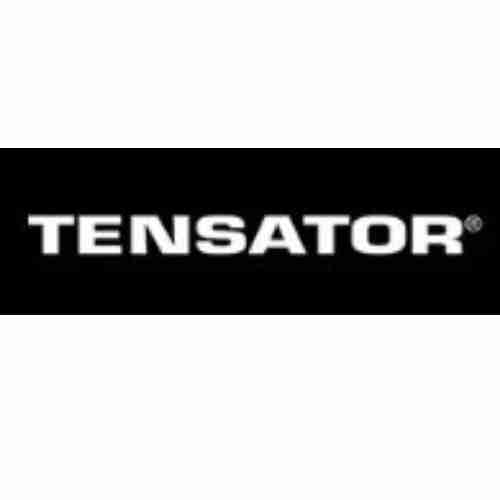Safety Barriers and Retractable Belt Stanchions in Japan in 2024
Japan, a nation renowned for its technological prowess and cultural richness, also places a strong emphasis on safety. This focus extends to its bustling airports, where a seamless flow of passengers is paramount while maintaining the highest safety standards. Here, we delve into the world of airport safety barriers and retractable belt stanchions in Japan, exploring their applications, regulations, and trends in 2024.

Safety Barriers and Stanchions
Safety barriers, also known as crowd control barriers or pedestrian control barriers, are sturdy structures that create designated pathways and restricted areas within airports. They serve a multitude of purposes:
- Channeling Passenger Flow: Safety barriers effectively guide passengers through designated walkways, ensuring a smooth and orderly movement from check-in to boarding gates.
- Separation of Zones: These barriers create clear divisions between passenger areas, security zones, and restricted operational areas, enhancing overall safety and security.
- Queue Management: During peak hours, safety barriers can be strategically placed to create organized queues for check-in, baggage claim, and security checks, minimizing congestion and frustration.
- Safety in Construction and Maintenance: When maintenance or construction is underway within the airport, safety barriers cordon off the area, protecting passengers and workers alike.
Retractable belt stanchions, also known as line stanchions or belt barriers, are a versatile type of safety barrier. These lightweight stanchions feature a retractable belt that can be extended to create temporary barriers or designated queuing areas. Their key advantages include:
- Flexibility: Retractable belts allow for quick deployment and reconfiguration of queuing systems, adapting to changing passenger flow patterns.
- Space-Saving Design: When not in use, the belts retract into the stanchion base, minimizing clutter and maximizing floor space.
- Portability: These lightweight stanchions are easy to move and reposition, allowing for dynamic crowd management within the airport.
- Visual Cues: The bright colors and reflective properties of the belts enhance visibility, clearly demarcating designated areas for passengers.
Ensuring Safety Compliance
Japan enforces stringent safety regulations for all safety barriers and stanchions used in public spaces like airports. These regulations are set forth by the Ministry of Land, Infrastructure, Transport and Tourism (MLIT) and ensure the following:
- Structural Integrity: Barriers must be strong enough to withstand accidental contact from passengers and baggage carts without tipping over or collapsing.
- Fire Safety: The materials used in barrier construction must meet specific fire safety standards to minimize fire hazards.
- Accessibility: A certain percentage of barriers must be ADA-compliant stanchions, allowing easy access for passengers with disabilities. These stanchions typically have wider openings and smoother surfaces to accommodate wheelchairs and mobility aids.
Regular inspections are conducted by MLIT-approved authorities to ensure that airport safety barriers and stanchions comply with these regulations. This meticulous approach guarantees a safe and secure environment for all airport users.
Japan’s Safety Barrier and Stanchion Suppliers
Japan boasts a robust manufacturing sector that produces top-notch safety barriers and retractable belt stanchions. Here’s a glimpse into the key players:
- Safety Barrier Manufacturers: Several Japanese companies specialize in the production of high-quality safety barriers. These manufacturers utilize robust materials like metal and heavy-duty plastic to create durable and long-lasting barriers. They often cater to specific needs, offering products like warehouse safety products and construction site safety equipment.
- Retractable Belt Stanchion Suppliers: Japanese ingenuity shines in the design and functionality of retractable belt stanchions. These suppliers prioritize features like retractable belt lengths, stanchion base types (weighted bases for stability, wheeled bases for easy movement), and belt barrier customization with logos or safety messages.
Many of these manufacturers and suppliers also export their products globally, making them a trusted source for safety solutions worldwide.
Applications in Japanese Airports
Safety barriers and retractable belt stanchions play a crucial role in various aspects of airport operations in Japan:
- Passenger Arrival and Check-In: Barriers efficiently channel passengers from arrival gates to check-in counters, preventing congestion and ensuring a smooth check-in process.
- Security Screening: Stanchions with retractable belts create designated queuing areas for security checks, maintaining order and streamlining the security process.
- Baggage Claim: Barriers effectively separate arriving passengers from baggage carousels, preventing crowding and ensuring a safe environment for baggage retrieval.
- Terminal Navigation: Safety barriers can be used to guide passengers towards specific gates, restrooms, or amenities, enhancing overall navigation within the airport.
FAQs
Are there different types of safety barriers used in Japanese airports?
Absolutely! Airports in Japan utilize various safety barriers, from sturdy metal structures for permanent crowd control to lightweight retractable belt stanchions for flexible queue management.
What are the benefits of using retractable belt stanchions in airports?
Retractable belt stanchions offer several advantages. They’re easy to move and set up, creating temporary barriers or queuing areas. Their compact design saves space, and the bright belts enhance visibility for passengers.
How do safety regulations impact the use of safety barriers in Japan?
Japan prioritizes safety, and all airport barriers must comply with strict regulations. These regulations ensure the barriers are strong, fire-resistant, and accessible for people with disabilities.






